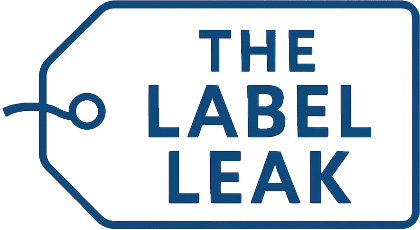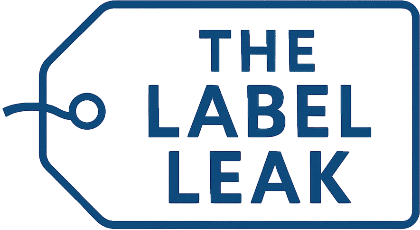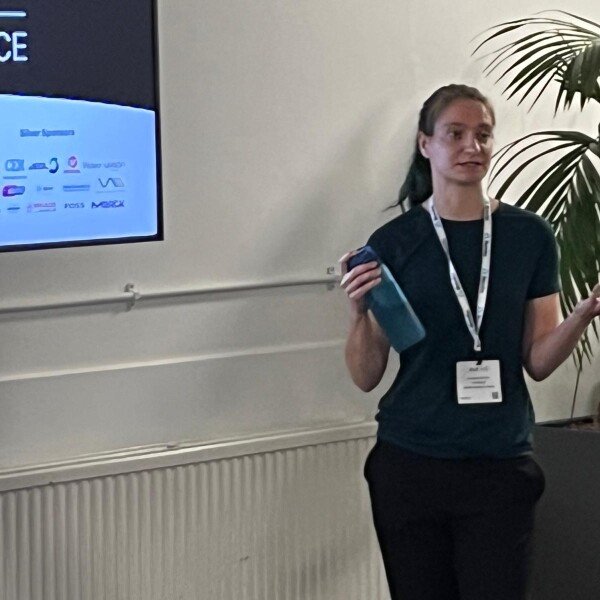SinS 2025: Chromatography reveals concerning levels of pollutants in UK coastal waters following sewer overflows: study Chromatography Today
A doctoral candidate from Brunel University, Jasmin Uhlhorn, has presented evidence that untreated wastewater discharged during combined sewer overflows (CSOs) is a significant and under-recognised source of chemical pollution in UK coastal environments.
Presenting her findings at the SinS 2025 scientific conference, in Brighton, Uhlhorn described the presence of pharmaceuticals, pesticides and recreational drugs in the ecologically significant waters of Langstone Harbour and Chichester Harbour, located on the south coast of England.
The research focused on contaminants of emerging concern – chemicals not currently subject to routine monitoring but increasingly detected in the environment – with an emphasis on substances linked to human activity. These include compounds excreted following medical or recreational use, as well as pesticides from agricultural runoff. While freshwater systems are comparatively well studied, Uhlhorn highlighted a critical data gap in marine and estuary environments, particularly those exposed to intermittent discharges from combined sewer systems.
The team conducted sampling campaigns in March, August, and November 2022 across 21 sites, supported by 40 trained citizen scientist volunteers. A total of 339 surface water samples were collected and analysed using liquid chromatography–tandem mass spectrometry (LC–MS/MS), targeting 148 known pollutants.
Of these, 105 compounds were detected, which included 67 pharmaceuticals, 29 pesticides and nine recreational drugs. Several substances which had received bans years ago – such as some neonicotinoid pesticides – were found in multiple samples at concentrations ranging from nanograms to micrograms per litre.
Chemical levels rose sharply during and after CSO events, particularly for pharmaceuticals and recreational drugs and were seen to be most elevated near wastewater treatment works – at Budds Farm and Thornham – and CSO outfalls. The study also noted that pesticide levels tended to decrease during wetter periods, likely due to the seasonality patterns of agricultural pesticides application. However, several compounds exceeded the predicted no-effect concentrations for freshwater organisms, which suggested the potential for risk to aquatic ecosystems and, of particular concern, where antibiotics were identified negative implications for antimicrobial resistance.
In addition to water sampling, the study evaluated bioaccumulation in marine organisms. Tissue samples from five locally harvested species – including seaweed, ragworms, oysters, shrimp and crabs – revealed varying degrees of chemical uptake. Seaweed and ragworms showed the highest number of compounds detected, although many substances found in water were not present in tissue, underscoring the importance of understanding bioavailability and species-specific exposure.
Further suspect screening – using an extended compound database – identified 43 additional chemicals, including pharmaceuticals and industrial substances, some of which were detected only during or after the CSO discharge events. The presence of these additional compounds suggests that current monitoring frameworks may be substantially underestimating the true chemical burden on coastal waters.
Uhlhorn emphasised that community involvement was critical to the success of the project. Local residents helped collect samples and used the findings to inform discussions with policymakers and local elected representatives. She called for enhanced chemical monitoring in coastal areas, better tracking of CSO discharge volumes – and their timing – and a more strategic use of bioindicator species to better develop environmental surveillance programmes.
The research was conducted in collaboration with colleagues from Imperial College London, Bournemouth University and the University of Portsmouth. Uhlhorn concluded that combined sewer overflows remain an overlooked but significant pathway for chemical contamination in the marine environment and that their impact warrants much greater regulatory and scientific scrutiny.


